Where did we come from? Try looking in Shark Bay, Western Australia
Searching for the answers to life’s big questions can take you to some amazing places on Earth – such as the remote beaches of Western Australia where clues are found beneath the surface.
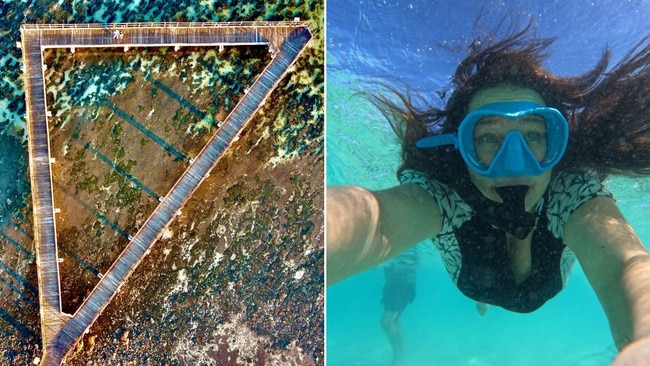
Do you ever stop and question why and how we have evolved to be the way we are? Survival is important to us, so why are we willing to risk our lives for those we care about? In a world where some species reproduce without sex, why do we need to find a partner to reproduce? Why do we fall in love, and is there a purpose in pleasure? Why are there males and females? Is life really that binary? Why do we get cancer? Why do we age, get drunk – even though it’s bad for us – or spend a third of our lives asleep? And why did we evolve consciousness and develop rich inner lives?
In contemplating evolution, we see the astonishing adaptability and persistence of life. Life on Earth has survived meteorite strikes, ice ages and continent-wide volcanic events. We, and the living forms we share this planet with, are the direct descendants of the survivors of those cataclysms. How has this history shaped us? Can learning about these feats of adaptation help us to live a better life? It’s these questions that have brought me to Gutharragudu/Shark Bay in Western Australia, a place where red desert sand meets the sea.
I’m starting my investigation at Gutharragudu because some of the secrets of the beginnings of life are held by creatures quietly photosynthesising just offshore.
I flew here on a small regional plane from Perth, having already crossed the continent from my home in lutruwita/Tasmania. When we commenced our bumpy descent and burst through the bulbous grey clouds, the vast glittering bay revealed itself – a shining patchwork of luminous blue streaked with dark patches of seagrass meadows waving below the water. In the local Malgana language, Gutharragudu means “two waters”, which describes how the 23,000-square-kilometre bay is split down the middle by the red dunes of the Francois Peron Peninsula. The light colour of the water is the first clue that Gutharragudu is special.
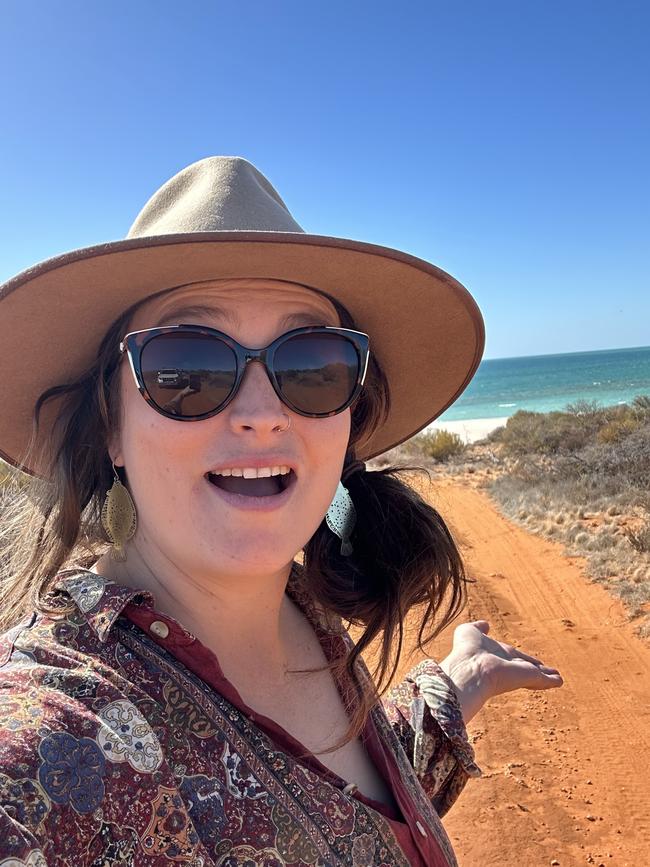
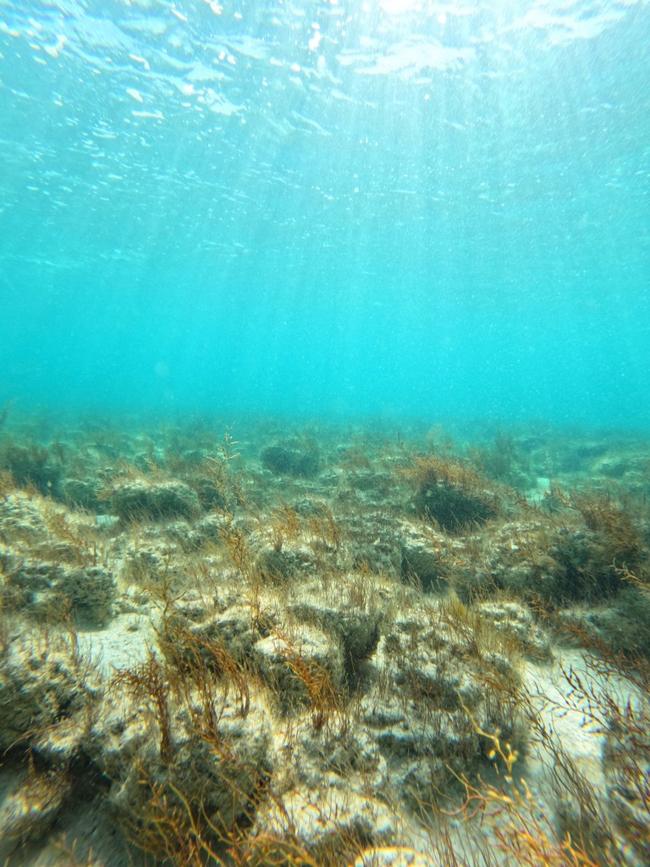
The water in the bay is not deep, and this is particularly true in an ultra-shallow pocket called Hamelin Pool. The shape of the bay, combined with a sediment wall caused by the seagrass, means that water flows into the pool at a higher rate than it flows out. The beating heat of Western Australia’s sunny days causes the trapped water to evaporate fast. These factors combine to make the massive pool, which is 1270km sq, almost twice as salty as the ocean. Hypersalinity is bad news for most species. In this unique environment, only the most salt-tolerant make it. The extreme conditions have allowed ancient forms of life, rare in our current world, to survive and thrive, providing a glimpse into what life on Earth may have been like billions of years ago.
Cyanobacteria exist in much of the ocean but are greedily gobbled up by sea snails, so they never get the chance to accumulate. But snails cannot hack the salinity of Hamelin Pool, which gives these tiny single-cell organisms the opportunity to collectively achieve something incredible – to build stone structures that can grow to over a metre tall.
These are called microbialites. Microbialites have different names depending on exactly how they are formed – they might be known as thrombolites or stromatolites. Both are found at Hamelin Pool, but here they’re generally called stromatolites. These rare creations are found in only a few places in the world outside of Western Australia, including a reef in the Bahamas and on the bottom of some Antarctic lakes.
The stromatolites’ domain stretches for kilometres, creating uncanny reefs along Hamelin Pool’s remote beaches. Access is strictly limited; if you want to swim among them, you need to go with a trained guide. “I usually take astronauts and astronomers out here,” explains our guide, Luke, as a small group of us travels over the red dirt track towards the beach. If life is ever found on other planets, quite likely it would look like these stromatolites.
The sun is out as we drive from red desert to the glaringly white beach. Hopping barefooted out of the four-wheel-drive, I’m surprised by the crunch between my toes. My feet are met not by sand but countless fingernail-sized seashells, metres deep. The cockle (Fragum erugatum) is another species that is adapted to the salty pool and has multiplied in its billions, creating long stretches of brilliant white coastline. As I look into the water, caramel brown shapes are visible in the teal shallows. Are they the stroms? Yes! With a rush of excitement I realise that I am about to get an insight into what life was like on the ancient Earth.
Luke shows us the narrow way by which we can wade in without accidentally touching any of these strange forms. Once I’m knee-deep, I launch in, float on the surface for a moment and then start gently kicking. Within seconds a group of stromatolites reveals itself, the choppy water causing sand to swish around them like structures in a snow globe.
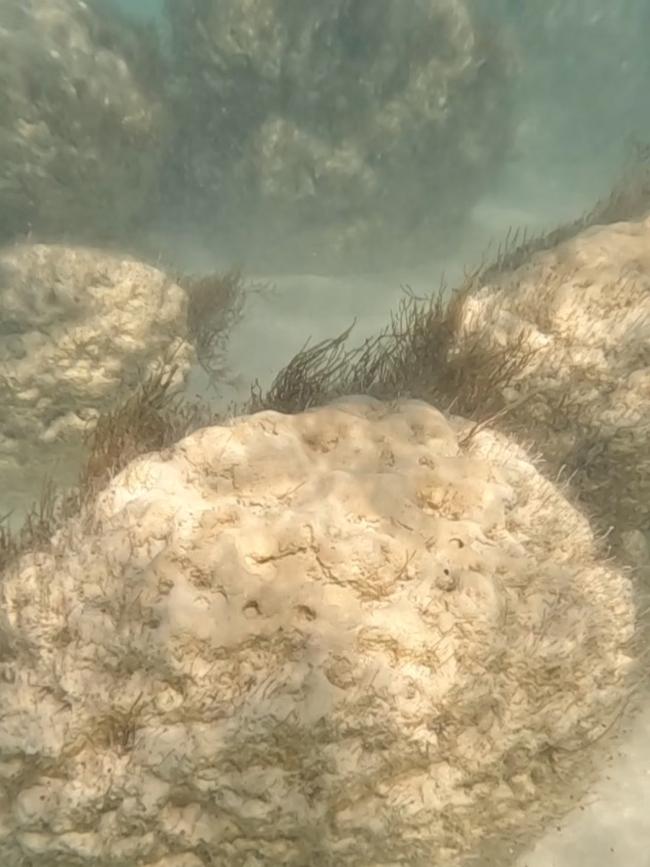
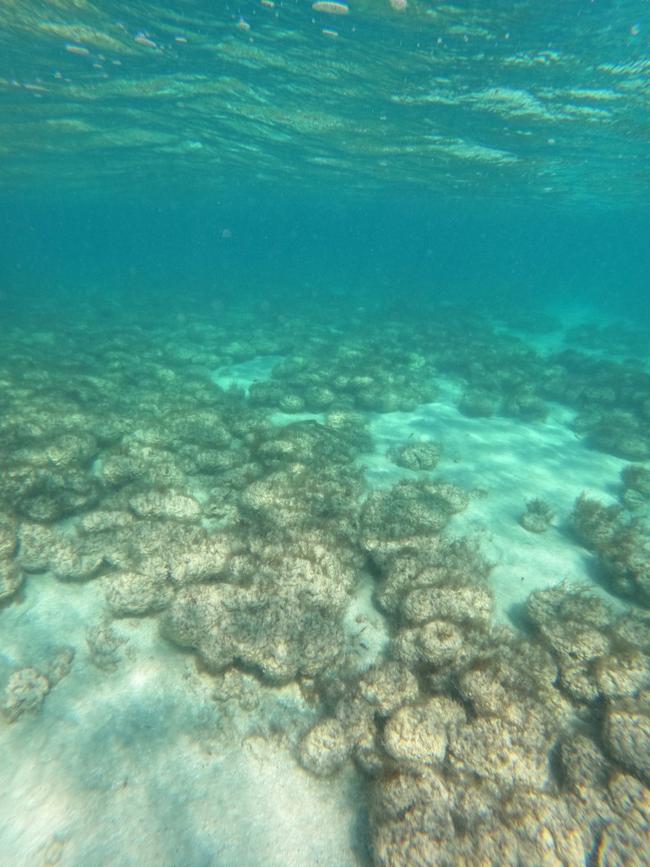
They are about half a metre tall with bulbous tops, dimpled, and an odd grey-cream colour. I bob above them, oddly buoyant in the hypersaline water. The local Malgana people regard the stromatolites as their Old People and, as I swim on, they remind me of a phalanx of stony warriors. Further out, the water clears and their shapes change, becoming smaller and flatter and forming mosaic-like patterns on the sea floor.
Each form could be thousands of years old. Geologist Erica Suosaari of the Smithsonian Natural History Museum has a long record of researching Western Australia’s stromatolites.
Later, she tells me over Zoom that tiny bacteria created these stone structures in two ways. One is by “trapping and binding” sediments, like sand, that happen to wash past, creating a concrete-like substance. But they also “precipitate” minerals from the seawater, undissolving them from the water to create limestone. Coral also uses seawater to create its stone skeletons. This means only the outer layer of the stromatolites is alive.
Some of the first life on Earth looked exactly like this. If I’d flown further north and inland, I would have arrived at an arid part of Western Australia, confusingly called North Pole, where 3.4 billion-year-old stromatolite fossils have been found. Considering the Earth is about 4.5 billion years old, these are truly ancient.
Are the organisms building the living monuments I’m swimming over anything like the tiny cells that built North Pole’s precious relics? I put this to Suosaari and she explains that for many of the ancient fossils, nailing down exactly what kind of single-celled critter made them is challenging, so we can only learn about the processes these living things used to build their monuments. At Hamelin Pool, she says the stromatolites are built in a way that is “very analogous to ancient structures … regardless of the species, it’s a process that’s been happening for billions of years and it’s incredible”. It is possible the earliest stromatolites were made by cells called archaea – simple cells that are subtly different to the bacteria that were foundational for the evolution of complex life.
The dominant species at Hamelin Pool, a photosynthetic cyanobacteria called Entophysalis, is ancient. Evidence of it stretches back at least 1.8 billion years. Entophysalis is not present in the world’s other large stromatolite system in the Bahamas, and for Suosaari this makes Hamelin Pool “the most incredible place on the planet because you really do have this window into the ancient”.
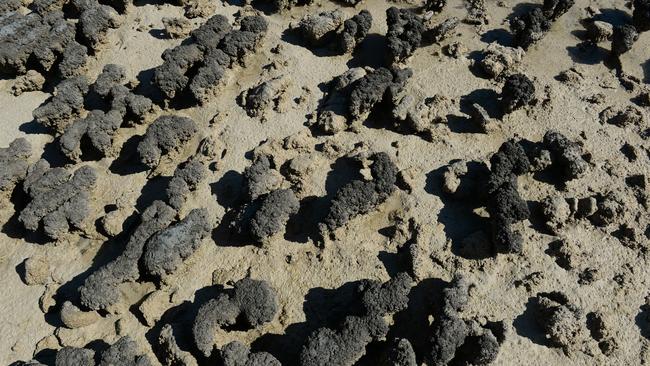
For at least 80 per cent of the history of life on Earth, stromatolites were the most common way life presented itself – microbes were the only game in town. But then things changed.
However, here in Gutharragudu they live on, emerging out of the millions of Fragum cockles on the sea floor. A range of small unassuming silver fish, adapted to the extreme salinity of the water, dart around them. Less common are the baby-blue jellyfish and the languid metre-long sea snakes that contain enough venom to kill dozens of people. One olive-green snake takes a break from hunting to headbutt my camera and playfully swim through my hair before ribboning off, leaving me equally awestruck and frozen with fear.
As I snorkel through this alien scene set in crystal blue, I’m struck by the unlikeliness of it all. For much of Earth’s history, life existed in these relatively simple forms. But from them, and over millions of years, endless forms – most beautiful and most wonderful – have evolved.
The code to life
I don’t look much like a cyanobacteria – for one, you don’t need a microscope to see me. But deep in our cells we have a lot in common. Both of us are built using information stored as DNA. To get to grips with how life on Earth evolves, we need to get into the nitty-gritty of deoxyribonucleic acid, DNA to its friends. The broad strokes of evolutionary theory were understood decades before we knew about DNA. DNA provides the instructions from which our bodies are made. Molecules called nucleic acids link together in a chain, creating mega-long complex molecules. The order of these molecules provides the information needed to create an organism – our genome.
Nucleic acids preceded life as we know it. They were most likely cooked up in a hotbed of chemical reactions in ancient Earth’s numerous mineral-rich volcanic pools, though some scientists believe this happened in deep-sea vents, or even that the ingredients for life arrived on Earth via an asteroid.
Either way, early Earth was a laboratory, hosting chemical reaction after chemical reaction until one day everything came together to form a cell. While this may have happened more than once, only one lineage had what it took to survive. This cell is named the last universal common ancestor or LUCA.
From LUCA, everything that has ever lived evolved. From the ancient stromatolites of Western Australia to dinosaurs, deep-sea worms and humans, we are all related to LUCA.
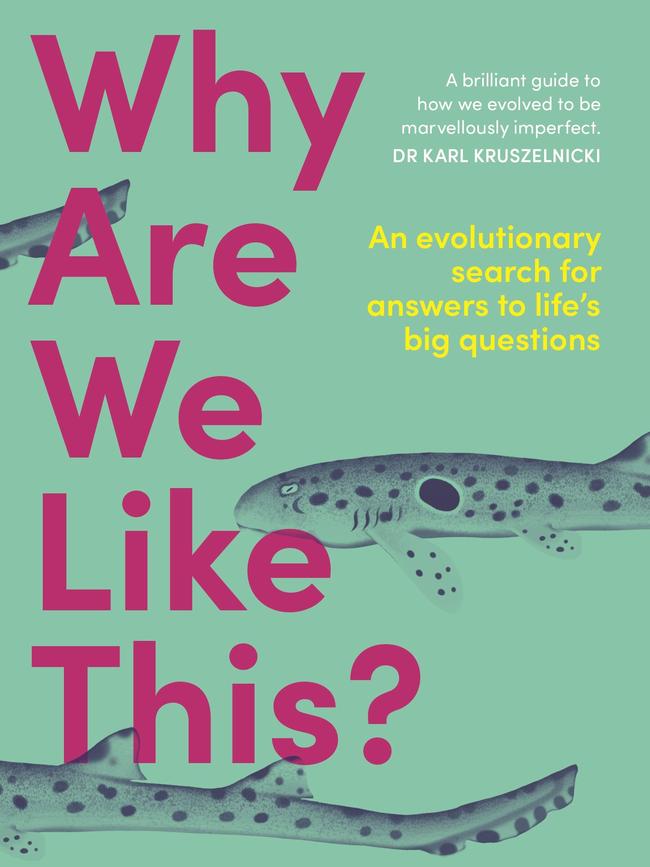
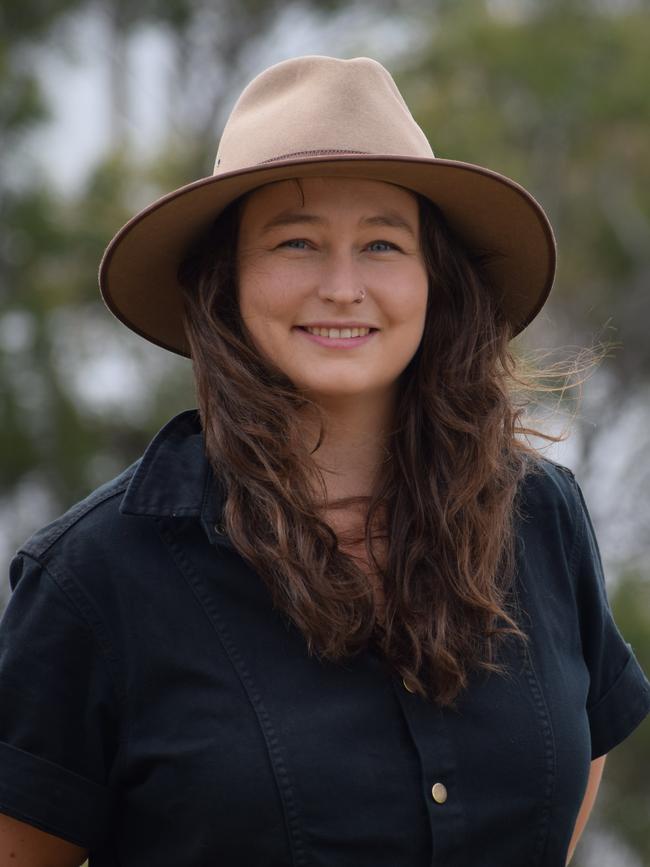
This is an edited extract from Why are We Like This? by Zoe Kean, published by NewSouth Publishing, and out now.



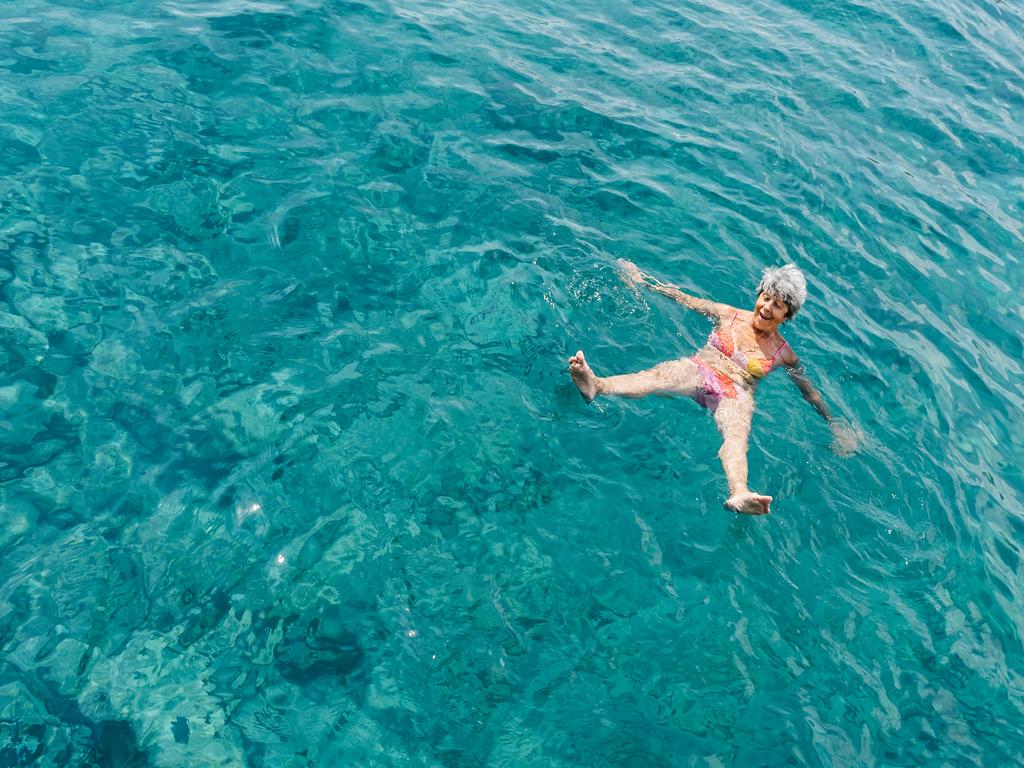
To join the conversation, please log in. Don't have an account? Register
Join the conversation, you are commenting as Logout